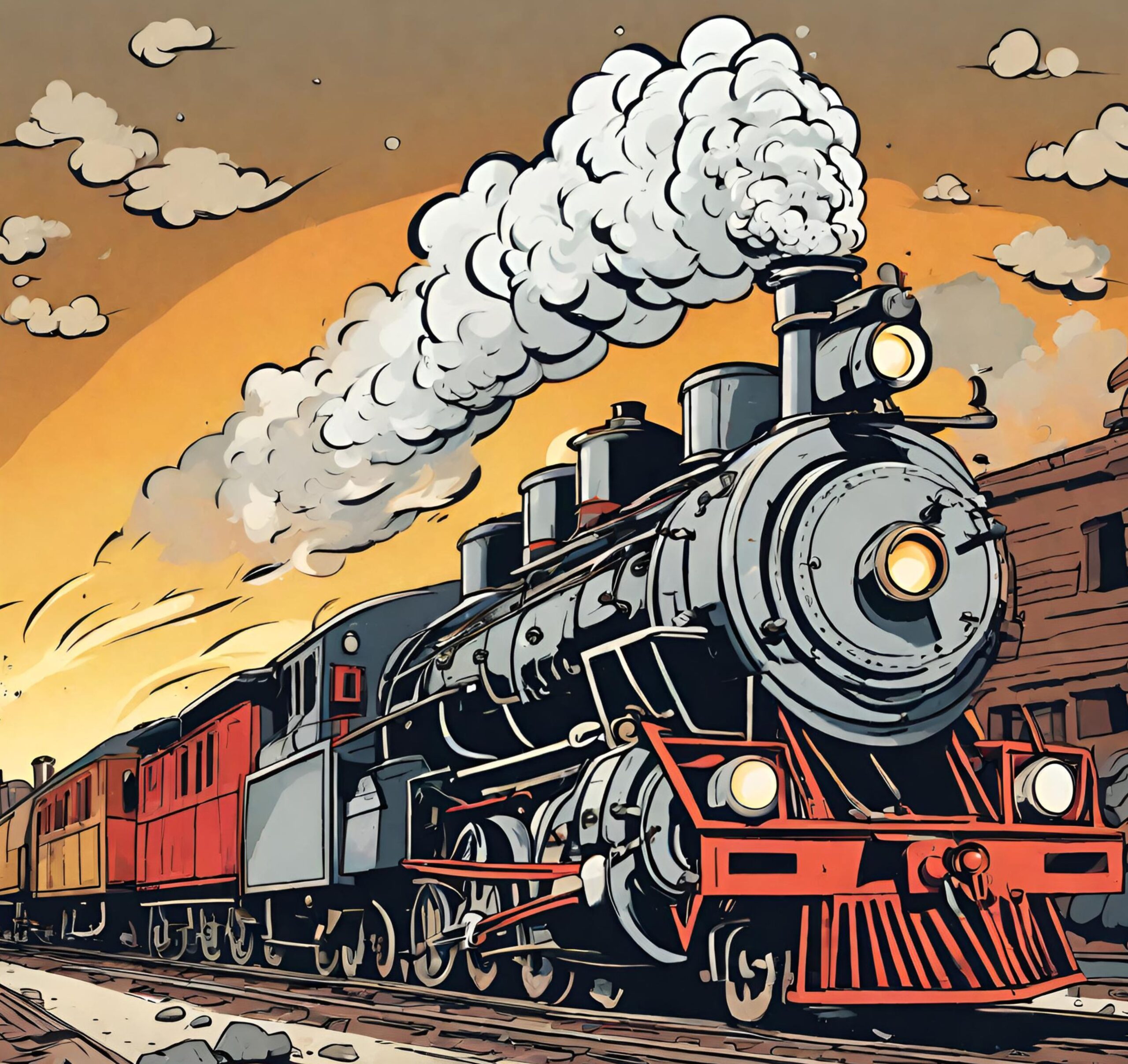The Middleton Railway in Leeds, United Kingdom is amongst railway royalty. Founded in 1758 it is the world’s oldest continuously running railway. And this is its story.
Table of Contents
Before the railway
Even before the railway was built, Middleton was still an important site as mining had taken place there since the 13th century. I did learn about a new type of mining when I was researching this blog and I wanted to share it with you quickly.
It’s called “Bell Pits”. This is where you dig out coal and other such valuable ores which are close to the surface- rather than digging deep mine shafts far underground. For Bell Pits, you dig a pit in a bit of a bowl shape (perhaps “bowl pits” might have been a better name choice?). Once they had their pit they would dig out all the good stuff and winch it out with a bucket. I imagine it would work very similar to a well.
These Bell Pits were fairly cheap to open and maintain but they would flood easily if it rained as there was no drainage. This meant they would be used until they were too unsafe to continue with. When that time came they’d grab their shovels and build another one nearby. Sounds like the sort of thing you see in Minecraft, to be honest.
Coal being at Middleton was important because, as I’ve frequently discussed in these railway-themed Not-So-Romantic Blogs, coal was the main driving force of the Industrial Revolution.
Another mining complex in Rothwell was able to transport coal to Leeds via the river which was putting Middleton at a disadvantage and they may have gone out of business if they didn’t do something to turn the tide in their favour.
Their solution was to build a wagonway, which are best described as a horse-pulled railway. Wagonways were already fairly common in the North East of England. The first wagonway at Middleton started operating in 1755 on wooden rails.
In 1757 they planned to build a wagonway to Leeds and to give it a flair of quality, and mostly to protect the land they wanted to build on, they went to get it made official with an Act of Parliament. This Act of Parliament was the first, of an awful lot, to be passed to authorize the building of a railway.
The now-named Middleton Railway carried coal on the wagonway from the mines of Middleton (sounds like a book title) to a place called Staith which is, as you’ve probably guessed, near Leeds. The best thing about the coal? It was cheap!
At the start of the new century (1800s) the original wooden tracks began to be replaced with iron. The cheaper coal being delivered to Leeds boosted the area. Coal was used in a whole host of industries. To name but a few you had brick making, metal working, glass making as well as powering nearly all other types of factories.
Steam
Middleton Railway became the first commercial railway to successfully use steam locomotives. The mine manager (called a viewer back then) John Blenkinsop created the first rack railway. A rack railway is a standard rail with a toothed rail on its side.

I’m not going into any more detail here. If you’d like to know more about a rack railway then go check out my book “How a steam locomotive works”. A unique locomotive called Salamanca was created to run on the rack railway. Salamanca was the first to use two cylinders (where the pistons are) when it was built in 1812. It’s also known as the first-ever commercially successful steam locomotive.
The records were stacking up for the Middleton Railway but let’s throw one more onto the flames- the railways head isn’t quite big enough yet.
The Middleton Railway was the first to employ a steam locomotive driver and his name was James Hewitt. On a far less happy note, the first member of the public to be killed by a steam locomotive was 13-year-old John Bruce who was running along the side of the track in February 1813. Most remember William Huskisson being run over by Rocket but everyone seems to forget about John Bruce- help me spread the word!
Salamanca’s boiler exploded in 1818 after the driver tampered with the safety valve (check out my book Crashes and Accidents for more details about boiler explosions). James Hewitt was later killed by a boiler explosion due to a boiler which was badly maintained.
Banished
Banished is probably clickbait. In 1835 steam haulage was stopped on the Middleton Railway with the steam locomotives being replaced by horses. That was apart from a section close to the mine which was operated by a stationary steam engine. Horses replacing steam locomotives is an odd thing as it was normally the other way around.
It’s Back
Steam didn’t return to the Middleton railway until 1866 in the form of tank engines. In 1881 the Middleton Railway was connected to the Midland Railway. It was then connected to the Great Northern Railway in 1899. Not bad for a mining wagonway which started in 1755.
Retirement
Despite already having a host of records the Middleton Railway gained another one in 1960 when it became the first standard gauge (width of track) to be taken over and also run by unpaid volunteers.
They borrowed an old double-decker tram from the Swansea and Mumbles Railway which pulled passengers for a grand total of one week. After that one week of pulling passengers, the Middleton Railway returned to its roots and pulled freight from 1960 until 1983 – they did return to passenger travel in 1969 though to operate a mixed-traffic railway.
When the Swansea and Mumbles Railway closed (check out the blog in the link below) the Middleton Railway did what it could to preserve some of the rolling stock and the tram they saved was heavily vandalised and had to be scrapped. I raged about this in the Swansea and Mumbles Railway blog so I won’t do it again here.
In the 1970s they started putting on special trains for visiting school children.
End of the line
And that is the story of the Middleton Railway. I skipped over some of the boring parts and there is, as always, probably more I could warble on about but as an overview story goes… this is the end of the line for us.
You can visit the Middleton Railway still today, and I highly recommend you do!
What to read next
I hope you’ve enjoyed this Not-So-Romantic Blog! If you have and would like to keep reading then here are some blogs along a similar theme.
Thanks for reading this Not-So-Romantic Blog and I will hopefully see you here soon.
